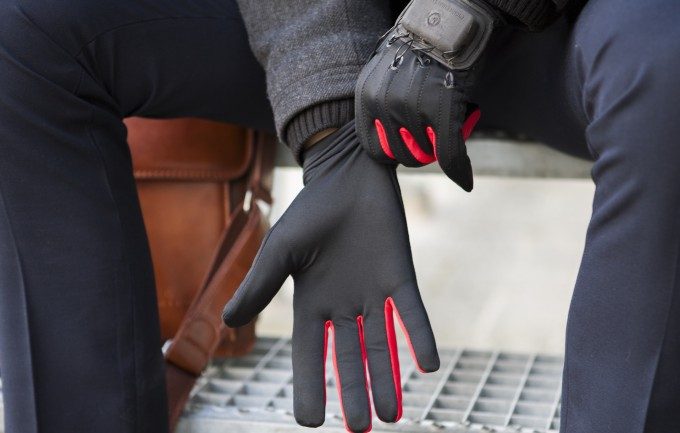We’ve been tracking Manus VR, the start-up dedicated to producing an intuitive VR glove input device, for a while now. The team were present at GDC in March, showing their latest prototype glove along with their in-house developed game Pillow’s Willow.
One of the privileges of writing for Road to VR is to watch small, independent start-ups with great ideas blossom rapidly inside the VR space. Manus VR is one such company who’ve moved from crude looking, Gear VR based early designs through to slick looking functional iterations, as shows at March’s GDC running on desktop PC hardware alongside the HTC Vive.

Manus VR brought along their latest gloves to the show along with an early
version of their showcase game, with integrated support for the gloves – footage you can see in the embedded video a the top of this page.
Manus is using Lighthouse integration, albeit somewhat crudely at this stage, by literally strapping a SteamVR controller to the arms of the player. Positional tracking from those controls are then fused with input for each finger to provide a fairly intuitive looking way to interact. If you check the video embedded above, you’ll see the player grab objects from the world, rotate, pass from hand to hand, all pretty seamlessly.
Manus have also recently released a sneak preview of their research into getting those disembodied hands tied to arms, for a less disconcerting projection of your digital self in VR, as seen in the below video.
Manus VR have already announced that their first developer kit edition gloves will ship in Q3 2016 and will set you back $250. Developers can put themselves down for a pre-order reservation now and for your money you’ll receive a pair of Manus gloves, plugins for Unity and Unreal Engine and access to the SDK for Android, Windows 7+, Linux, iOS 9, Mac OSX.






